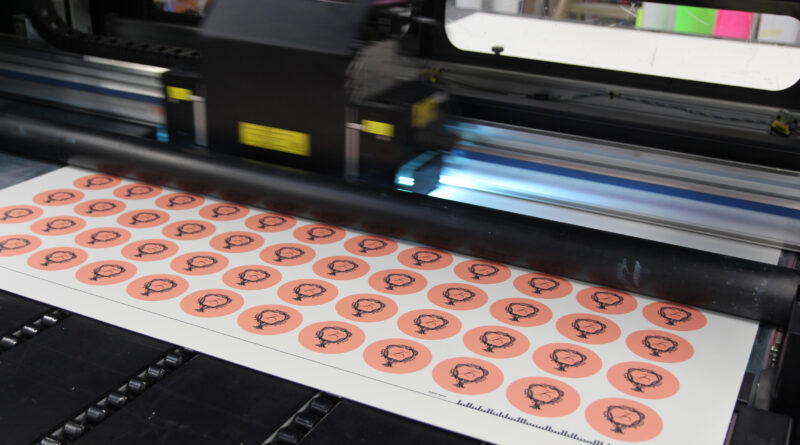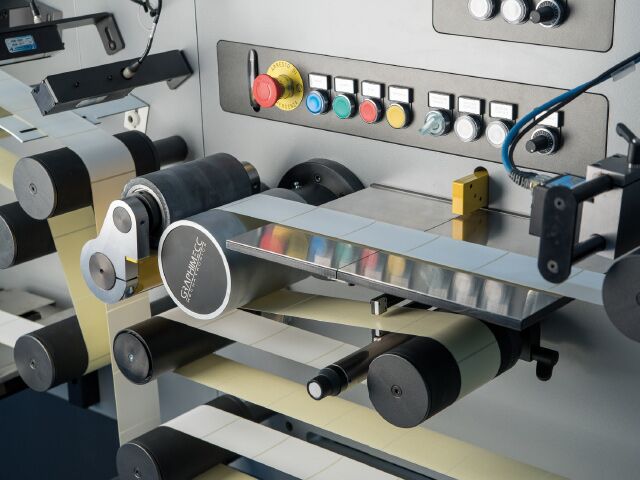In today’s fast-paced business world, ensuring the authenticity and integrity of products is paramount. This is where serialization in product printing comes into play. Whether you’re new to this concept or looking to deepen your understanding, this article will provide valuable insights into the benefits, processes, and applications of serialization in the realm of product printing.

Understanding Serialization
At its core, serialization involves assigning unique identifiers to individual products. This process allows for precise tracking and ensures that each item can be traced throughout its lifecycle. Serialization is a crucial component in combating counterfeiting and enhancing supply chain transparency.
The Importance of Serialization in Product Printing
Serialization in product printing offers numerous advantages. It plays a vital role in enhancing product security, ensuring regulatory compliance, and improving inventory management. By embedding unique identifiers into the printing process, businesses can safeguard their brands and build consumer trust.
Boosting Security and Authentication
One of the primary benefits of serialization in product printing is its ability to enhance security. By incorporating unique codes or barcodes, companies can verify the authenticity of products, reducing the risk of counterfeiting. This is especially critical in industries such as pharmaceuticals, where product integrity is paramount.
Ensuring Regulatory Compliance
Many industries have stringent regulations regarding product traceability. Serialization helps businesses comply with these regulations by providing a robust system for tracking and monitoring products. This not only prevents legal complications but also fosters consumer confidence.
Improving Inventory Management
Serialization streamlines inventory management by enabling real-time tracking of products. Businesses can efficiently monitor stock levels, reduce losses due to theft or misplacement, and optimize their supply chain operations.
The Process of Serialization in Product Printing
The serialization process involves several key steps. It begins with generating unique identifiers for each product. These identifiers are then printed onto the product packaging using advanced printing technologies. The data is stored in a centralized database, allowing for easy retrieval and analysis.
Generating Unique Identifiers
Unique identifiers can take various forms, including alphanumeric codes, QR codes, or barcodes. These identifiers are generated using sophisticated algorithms to ensure uniqueness and prevent duplication.
Printing and Encoding
Once the identifiers are generated, they are printed onto the product packaging. Advanced printing technologies, such as inkjet or laser printing, are used to ensure high-quality and durable imprints.
Data Management and Analysis
All serialized data is stored in a centralized database. This database allows businesses to track each product’s journey, from manufacturing to distribution and beyond. Analyzing this data provides valuable insights into consumer behavior and supply chain efficiency.
Applications of Serialization in Various Industries
Serialization is widely used across diverse industries, each benefiting uniquely from its implementation.
Pharmaceutical Industry
In the pharmaceutical industry, serialization is crucial for ensuring the safety and efficacy of drugs. It helps prevent counterfeit medicines from entering the market and allows for efficient product recalls if necessary.
Food and Beverage Industry
Serialization aids in tracking food products, ensuring quality control, and enhancing supply chain transparency. This is particularly important in maintaining consumer trust and adhering to food safety regulations.
Consumer Electronics
For consumer electronics, serialization provides a means to track warranty claims, reduce warranty fraud, and enhance after-sales service. It also helps in managing product recalls efficiently.
Challenges and Considerations
While serialization offers numerous benefits, there are challenges to consider.
Implementation Costs
Implementing serialization can be costly, especially for small businesses. However, the long-term benefits often outweigh the initial investment.
Data Security
Securing the data associated with serialization is paramount. Businesses must invest in robust cybersecurity measures to protect sensitive information.
Future Trends in Serialization
As technology continues to evolve, so do the possibilities for serialization. Emerging trends include the integration of IoT devices and blockchain technology to further enhance traceability and security.
Conclusion
In conclusion, serialization in product printing is a powerful tool for businesses seeking to enhance security, comply with regulations, and optimize their operations. By understanding its benefits and challenges, companies can make informed decisions about its implementation. For more on related security printing methods, you can explore anti-counterfeit printing and RFID tags in printing.

FAQ
What is the purpose of serialization in product printing?
Serialization aims to enhance product security, ensure regulatory compliance, and improve inventory management by assigning unique identifiers to products.
How does serialization prevent counterfeiting?
By providing unique identifiers that can be verified, serialization makes it difficult for counterfeit products to mimic genuine ones.
What industries benefit most from serialization?
Industries such as pharmaceuticals, food and beverage, and consumer electronics benefit significantly from serialization due to enhanced security and traceability.
This article contains affiliate links. We may earn a commission at no extra cost to you.







